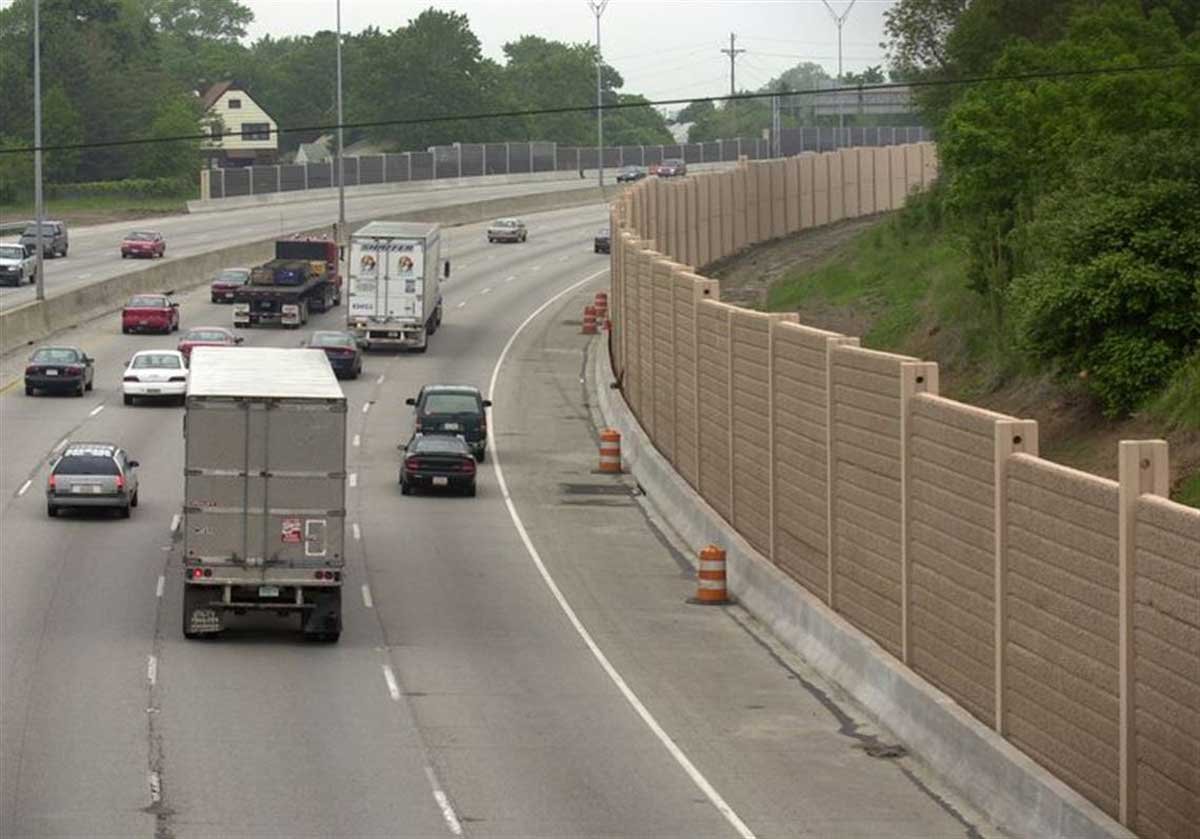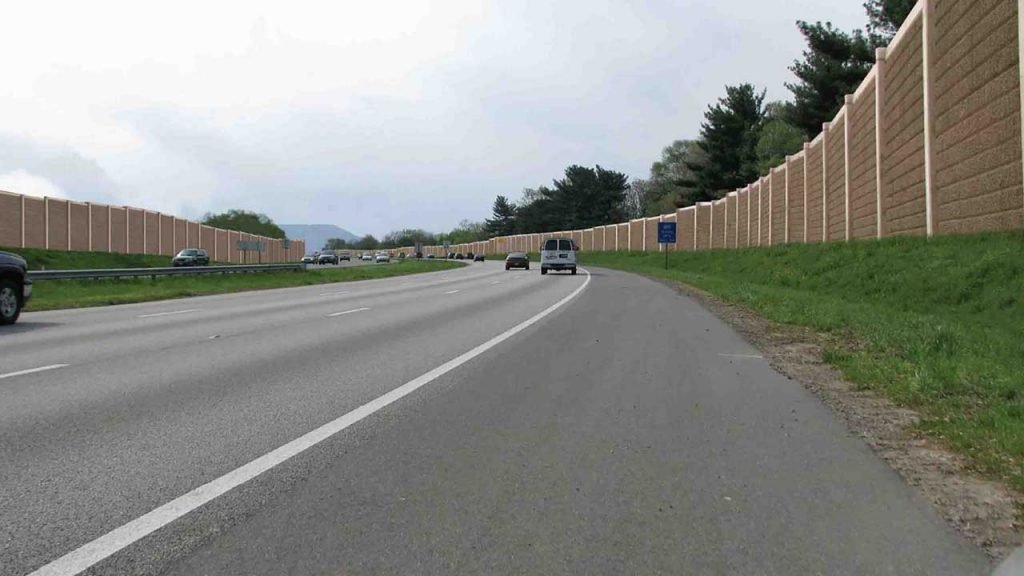With the ever-increasing traffic on highways, it has become a necessity to devise a mechanism to significantly lower noise pollution. Constructing highway sound barrier walls is the most effective way to minimize our exposure to highway noise. According to an estimate, Los Angeles is the busiest interstate in US cities, followed by Texas, Florida, and Ohio respectively.
With the implementation of the noise regulation act in the US in the early 1970s, the construction of highway sound barrier walls became inevitable to these cities which were facing the worst noise pollution problems due to the exponentially increasing vehicular traffic.
The highway sound barrier walls, often called noise barrier, noise wall, sound berm, or acoustical barrier. is an external structure constructed to protect residents and communities who live in the accommodation near busy roads and highways and are vulnerable to noise pollution.
The highway sound barrier walls are nothing but sound absorptive barriers which effectively provide noise reduction and control all types of traffic noise, construction noise, mechanical noise, and other disturbing noises, generated by compressors, fans, transformers, etc.
The highway sound barrier walls are an engineered modular sound panel system that is designed to suppress sound levels up to 15–20 dB maximum at a distance of 1 meter. Such highway sound barrier walls are considered to be effective and sufficient to protect people from the harmful health effects of noise pollution.

Types of highway sound barrier walls
Broadly speaking the sound barrier falls under two categories – Reflective and Absorptive. If a porous surface material is used in constructing highway sound barrier then it can absorb most of the noise frequency and almost no noise is reflected.
On the other hand, hard surfaces such as concrete or masonry fall under the reflective category, where most of the noise is reflected. Highway sound barrier walls reduce the noise from a highway by reflecting, absorbing, or forcing the sound to take an extended path over and around the barrier.
Depending upon the materials used for constructing highway sound barrier walls, we can classify them in different categories, and choosing the right type of highway sound barrier walls requires some knowledge of topography and research for the specific place and environment. Let us discuss few prevalent types of highway sound barrier walls
Polycarbonate sound barrier:
This type of highway sound barrier wall, also known as Acrylic sound barriers are capable of cutting down environmental noise to acceptable levels effectively at mid and high frequencies.
However, for absorbing low frequencies effectively taller and longer sound walls are needed. These are most suitable near the hospitals, office complexes, weight-sensitive structures such as bridges, taxi or bus stands, military facilities, electrical substations, etc. The materials used in these highway sound barrier walls are Polycarbonate Compact Sheets, Polycarbonate Embossed Sheets, and Acrylic Sheets which are unbreakable and transparent and will not disrupt natural views.
- Mattel noise barrier:
Mattel noise barriers are made of Aluminium which is a durable and lightweight material and can easily sustain extreme weather conditions. It is also designed to retrofit the existing reflective barriers and surfaces. This type of highway sound barrier wall is best suited for rooftops or bridges which are weight-sensitive structures.
- Precast concrete sound barrier:
Combining specialized components and woodchip aggregates with cement as binder creates a robust and effective highway sound barrier wall with help of precast technology. The advantage of using this wood-based material is that it is lightweight and environmentally friendly. These highway sound barrier walls can be made in different colours and textures and also preserves the aesthetic look.
- Fire-resistant foil-faced flexible sound barrier:
Keeping in mind the rigorous fire safety requirements in commercial building complexes, marine and transport sectors, highly fire-resistant materials, such as Quadzero™ NL are used to design this type of highway sound barrier walls. It meets the American, British, German, and Australian building and transportation standards for heat release, health hazards, and fire propagation properties.
- Solar photovoltaic sound barriers:
Nowadays highway sound barrier walls are also made with active materials like Solar photovoltaic panels. The benefit of this type of material is that it also generates electricity while reducing the noise level produced by busy traffic.
Advantages:
The advantage of constructing highway sound barrier walls on roadsides is that pollution concentration levels are reduced up to 50% in the vicinity within 15-50 m from the roadside. This is due to the vertical dispersion of plumes moving up along the barrier wall as well as horizontal dispersion due to the deflection from the highway sound barrier walls.

